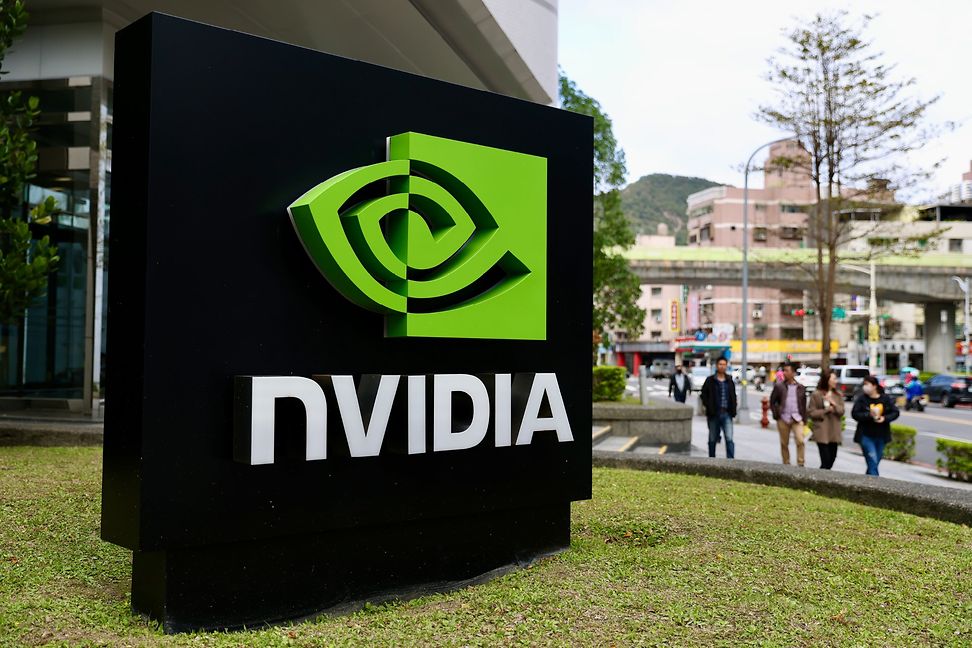在此处更改您的语言和 LGT 位置。
私人客户的数字平台
登入 LGT 智能银行
金融中介机构的数字平台
登入 LGT 智能银行 Pro
常见问题解答 (FAQ)
LGT 智能银行帮助
常见问题解答 (FAQ)
LGT 智能银行专业版帮助
Diversity, equity and inclusion aren't just buzzwords. A growing body of evidence suggests that companies that score highly on these metrics also perform better.

The last 50 years have seen a significant shift in societal norms, nowhere more observable than in global attitudes towards diversity, equity, and inclusion (DEI). For companies, DEI represents just the latest in many adaptations they have had to make since the dawn of industrialisation. Originally focused primarily on equal opportunities and rights for women and girls, DEI has expanded to include the broader concepts of diversity, equity, and inclusion, thus demonstrating how DEI is a response to the increasing complexity of modern life.
For investors, this potent combination of values has delivered demonstrably positive effects on corporate efficiency, equity outperformance, and profitability. Many firms have recognised the value of making a clear commitment to improving DEI. "In a globalised world, companies can no longer do without different experiences, skills, and ways of thinking represented in their workforce," explains Dr Tilman Dumrese, Senior Equity Analyst at LGT Private Banking. "It is a key factor in promoting innovation."

But it's not easy to identify the appropriate metrics with which to measure DEI, and it can be hard to interpret the DEI data that companies provide. One place to start when assessing corporate DEI is with the UN Sustainable Developments Goals (SDGs), since DEI is a thread running through all the goals, and is specifically tied to SDG 5 and SDG 10.
The 17 UN SDGs were created in 2015 alongside the Paris Agreement on Climate Change. They represent the UN's approach to tackling major global challenges including poverty, inequality, climate change, environmental degradation, peace, and justice. SDG 5 aims to achieve gender equality and eliminate all forms of discrimination against women and girls worldwide. The goal is not limited to the world of work, but also addresses issues such as ending child marriage. SDG 10 goes even further, aiming to reduce inequalities based on income, gender, age, disability, sexual orientation, race, class, ethnicity, and religion.

Companies that commit to meeting the challenges of DEI have an advantage when it comes to securing the best talent in todays increasingly competitive labour markets, and are also better able to respond to the needs of a global customer base.
Demographic change makes these issues pressing. The baby boomer generation is already retiring in record numbers, making it likely that it will be increasingly difficult for companies to find the qualified new workers they need. A cross-industry study by the German Economic Institute (IW) in July 2023 revealed that 43 per cent of the 9000 companies surveyed were suffering from a shortage of skilled labour.
Studies clearly show that people with disabilities create competitive advantage.
As a result of globalisation and demographic shifts, "companies have an incentive to increase their attractiveness as employers," says Dumrese. "DEI strategies that demonstrate positive social impact, both internally and externally, are an important element of this trend as these companies compete for the best talent."

Most DEI initiatives focus on gender and ethnicity. While many employers are keen to increase the proportion of women and people of colour in their workforce, people with disabilities (including neurodiversity and autism) may be overlooked. "This is a missed opportunity," says Dumrese. "Studies clearly show that people with disabilities can bring competitive advantages and increase profitability." Companies putting an emphasis on inclusion also benefit from a positive external image among customers.
Beyond creating day-to-day operational advantages, a DEI strategy also delivers a clear capital markets edge. Investments in companies with an above-average commitment to environmental, social, and governance (ESG) issues, which score highly on sustainability metrics, are expected to reach a volume of 40 trillion USD by 2030, out of a total assets-under-management market volume of 140 trillion USD.

One difficulty here is the lack of transparency around DEI and ESG data, and the fact that there are no uniform reporting standards. There are many ways to consider the data that is available. All institutional investors today use a range of quantitative and qualitative measures to develop what is usually described as a sustainability score, and LGT is no different. Companies that score highly on this metric also generally have an above-average commitment to equity, so it is a good place to start when developing a DEI-focused strategy.
Delving deeper, the proportion of women at all levels of the corporate hierarchy offers one way to think about equity within a company. It's interesting to compare this by country. Companies listed on the Swiss SMI have workforces on average 40.8 per cent female, with women holding 27.3 per cent of senior management posts. In US S&P 500 corporations, women make up 39.7 per cent of the workforce, but 33.3 per cent of senior management.
These average figures mask differences between industries. It isn't surprising to find that healthcare companies have a higher proportion of women employees, while IT companies have a lower percentage. So these metrics need to be viewed against gender pay gaps, for instance. And to get a true picture of a company's DEI status, one should also consider factors such as how deeply social commitment is embedded in the culture through having a Chief Diversity Officer and employee support committees.
"What we find when choosing stocks that are out ahead in DEI terms is that they usually also score above average in other ESG metrics, such as environmental and governance considerations," explains Dumrese.
LGT’s experts analyze global economic and market trends on an ongoing basis. Our research publications on international financial markets, sectors and companies help you make informed investment decisions.